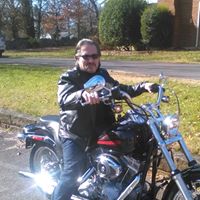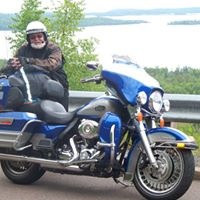What was the name of the ship on which the five Sullivan brothers perished in World War II?
On November 13, 1942, the light cruiser USS Juneau was sunk by a Japanese torpedo, killing 687 men including the five Sullivan brothers (George, Francis, Joseph, Madison, Albert) of Waterloo, Iowa.
During the naval battle at Guadalcanal, the Juneau had been damaged by a torpedo earlier in the day and was heading back for repairs. At 11 a.m., two torpedoes were fired at the USS San Francisco. Both torpedoes missed, but one hit the Juneau. The explosion cut the ailing ship in half, sending her to the bottom of the Pacific Ocean in 20 seconds. Believing there were no survivors, rescue ships left the area despite 100 sailors from the Juneau still in the water. Eight days later, only 10 survivors were rescued.
The Navy had a policy of not letting family members serve on the same ship, but the policy was not heavily enforced and the brothers were assigned to the Juneau. As a direct result of the Sullivans' deaths (and the deaths of four of the Borgstrom brothers within a few months of each other in 1944), the U.S. War Department adopted the Sole Survivor Policy. The policy is a set of regulations in the U.S. Military that are designed to protect members of a family from the draft or from combat duty if they have already lost family members in military service.
The Navy named two destroyers after the Sullivans.
The wreck of the Juneau was located on 17 March 2018 by Paul Allen's research crew, 13,800 feet below the surface off the Solomon Islands.
More Info:
en.wikipedia.org







